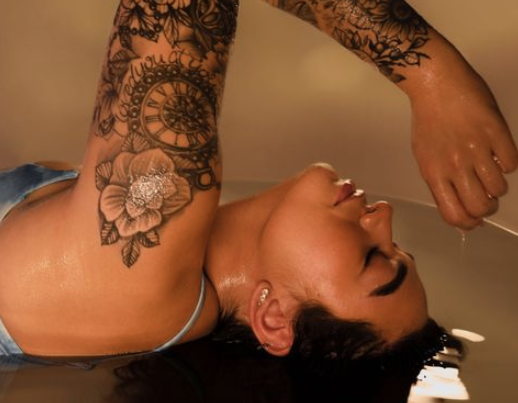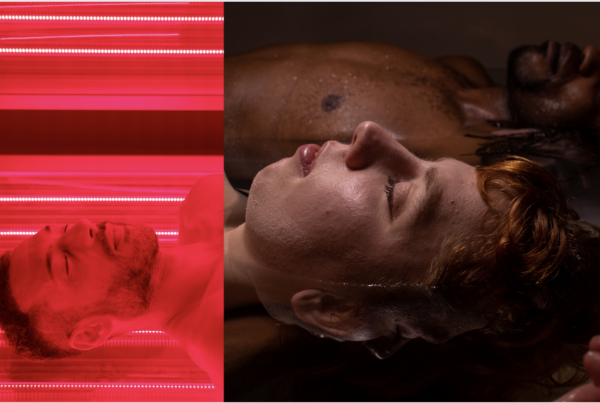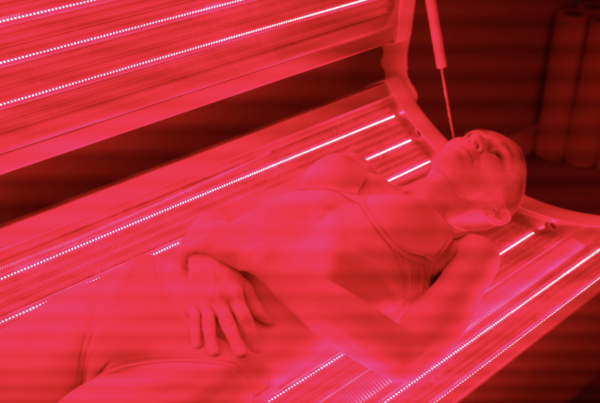Red Light Therapy for Athletic Recovery and Performance Enhancement.
Red light therapy is a growing trend in the world of athletic recovery and performance enhancement. This non-invasive treatment uses low-level red and near-infrared light wavelengths to stimulate cellular activity and promote healing in the body. Many athletes are turning to full body red light therapy to help speed up recovery after intense workouts, improve muscle strength and endurance, and reduce inflammation and soreness.
So, what exactly is full body red light therapy and how does it work?
During a full body red light therapy treatment, the patient lies on a bed while a series of LED panels emit red and near-infrared light over their entire body. These wavelengths of light are thought to be absorbed by the body’s cells and stimulate the production of ATP (adenosine triphosphate), which is the energy molecule that powers all cell activity. This increased cellular activity can help to reduce inflammation, accelerate tissue repair, and improve overall health and wellness.
There are a number of potential benefits of full body red light therapy for athletes. One of the most well-known is its ability to speed up recovery after intense workouts. The anti-inflammatory properties of red light therapy can help to reduce muscle soreness and stiffness, making it easier for athletes to get back in the game faster. Red light therapy has also been shown to improve muscle strength and endurance, making it a valuable tool for athletes looking to improve their performance.
In addition to its physical benefits, red light therapy has also been shown to have a number of mental health benefits. Many athletes struggle with the mental and emotional toll of training and competing, and red light therapy has been shown to help improve mood, reduce stress, and improve sleep quality. These mental health benefits can be just as important as the physical benefits when it comes to athletic performance and recovery.
While full body red light therapy is still relatively new, it has been shown to be safe and effective in a number of clinical studies. It is non-invasive, painless, and requires no downtime, making it a convenient and accessible treatment option for athletes of all levels.
If you’re an athlete looking to improve your recovery and performance, full body red light therapy may be worth considering. At FloatHub, we offer a range of red light therapy treatments to help athletes of all levels recover faster, perform better, and feel their best. We invite you to book a course of treatments at our website, floathub.co.uk, and experience the benefits of red light therapy for yourself. Whether you’re a professional athlete or just looking to improve your overall health and wellness, red light therapy can help you reach your goals.
Here are some studies that have looked at the effects of red light therapy on athletic recovery and performance enhancement:
- A study published in the Journal of Athletic Training in 2016 found that red light therapy can help reduce muscle fatigue and soreness in athletes. The study involved 30 male athletes who received red light therapy on their quadriceps muscle after performing a fatigue-inducing exercise. The researchers found that the treatment significantly reduced muscle soreness and fatigue compared to a control group.
- Another study published in the Journal of Sports Medicine and Physical Fitness in 2017 found that red light therapy can improve muscle strength and endurance in athletes. The study involved 20 male athletes who received red light therapy on their quadriceps muscle before and after strength training. The researchers found that the treatment significantly improved muscle strength and endurance compared to a control group.
- A review published in the journal Photomedicine and Laser Surgery in 2018 examined the effects of red light therapy on athletic performance. The review found that red light therapy can improve muscle strength, endurance, and recovery, as well as reduce muscle fatigue and soreness. However, the review also noted that more research is needed to fully understand the mechanisms behind these effects and to determine the optimal doses and frequencies for red light therapy.
It is worth noting that the evidence for the effectiveness of red light therapy for athletic recovery and performance enhancement is still limited and more research is needed to confirm these findings. It is always important to speak with a healthcare professional before starting any new treatment.
Tony Bruno
Cognitive Behavioural Hypnotherapist (CBT-Hypno)





